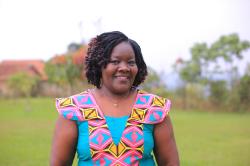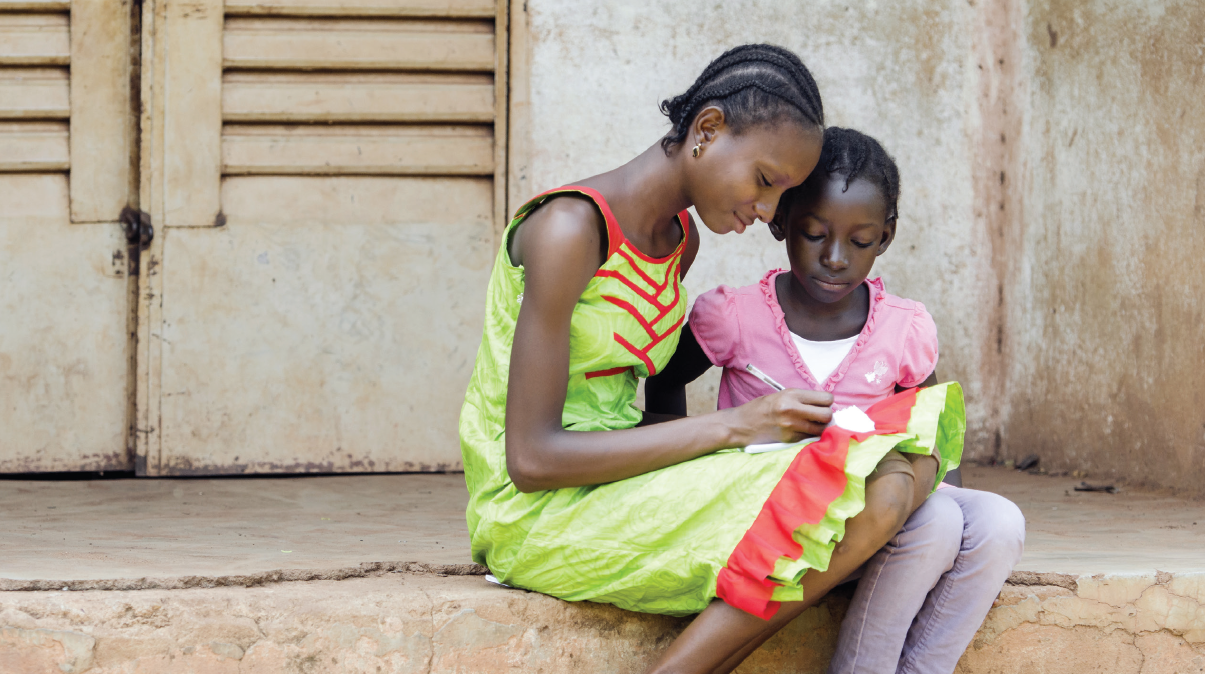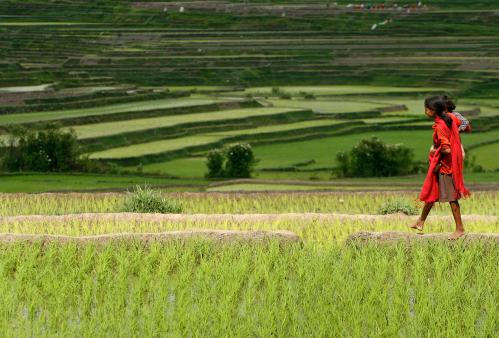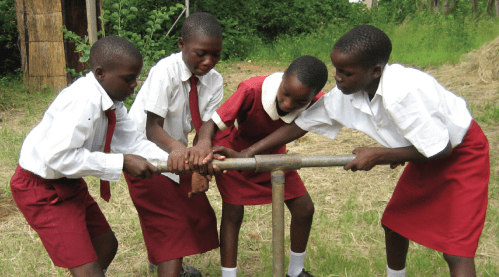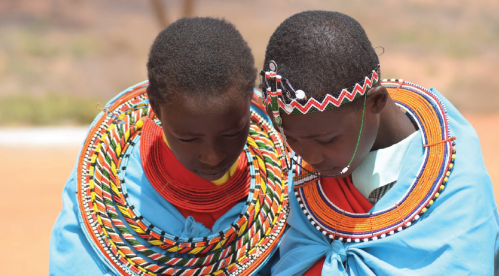Many girls in sub-Saharan Africa drop out of school due to early marriages, pregnancies, and the inability of their parents to pay school fees. Also, violence, such as teachers caning children, is common and causes some girls to leave. To support girls’ education and improve their attendance and completion patterns, Uganda created the post of senior woman teacher (SWT). At present, although SWTs are employed in slightly more than half the schools, the National Strategy for Girls Education (NSGE) found the position was weak, since their responsibilities were not well defined. As a result, the SWTs’ role is not well understood or, for that matter, appreciated.
Studies have shown that schools, governments, and NGOs like PEAS (U), BRAC, Age Africa, and Discovery Learning Alliance that support girls’ education have had positive results. Also, global evidence finds that, in general, female teachers are crucial to girls’ education—particularly in countries with entrenched cultural norms against mixed-gender classrooms. In addition, research from various NGOs on Ugandan schools have found that SWTs have been important for advocating for girls’ rights, helping girls develop an array of skills, providing counselling, and teaching health education. However, they have limited effectiveness because they do not have enough time to devote to this role since they already carry a full teaching load. Also, training, placement policies, and responsibility guidelines are poorly defined, and women are not compensated for taking on any additional roles.
Thus, the Ministry of Education, Science, Technology, and Sports (MOESTS) needs to explicitly define the policies for recruitment and selection, duties, remuneration, and the appropriate amount of time that should be devoted to each role. The government also needs to train and supervise them, and monitor and evaluate their performance. Further, the ministry should view them as professionals in the field of gender equity.
